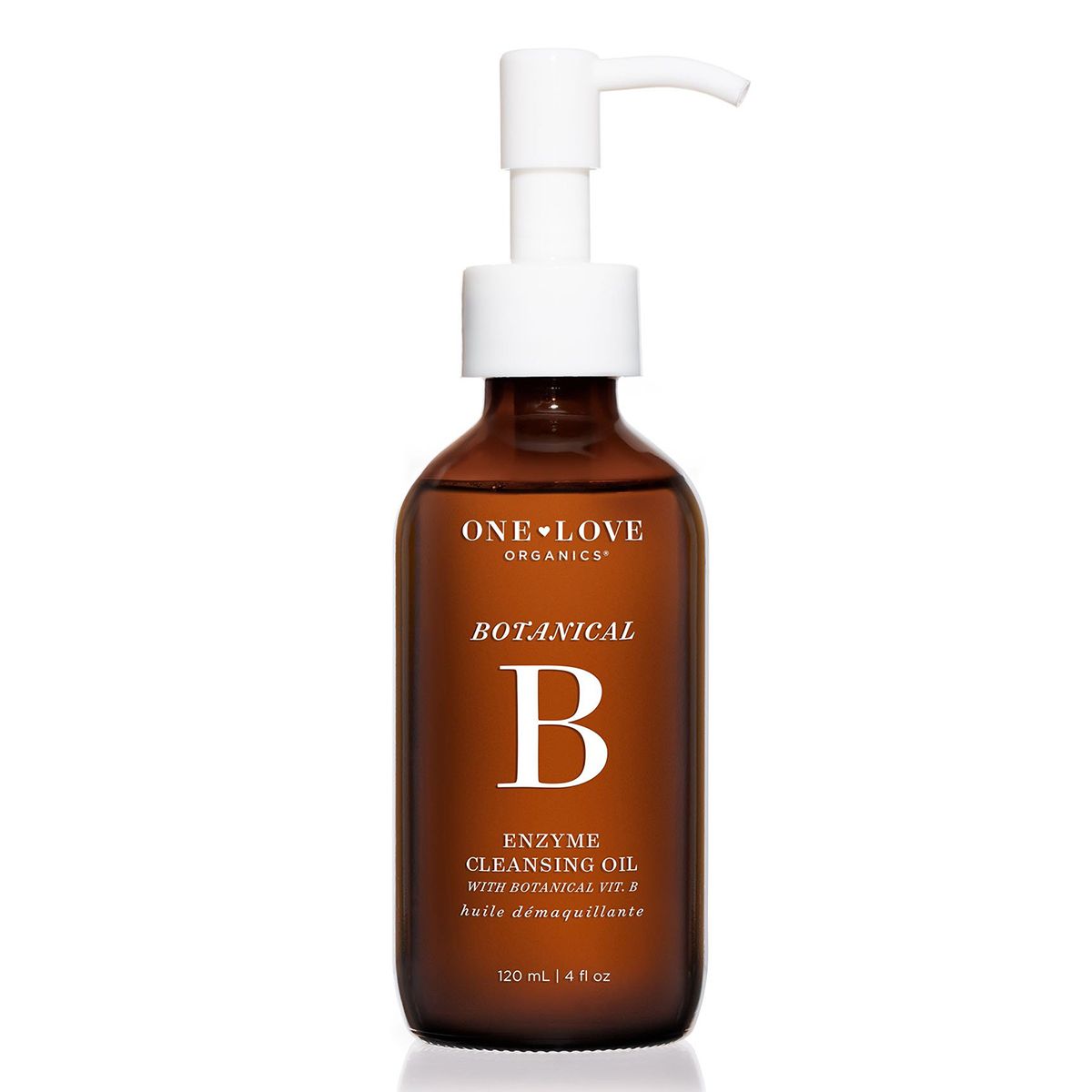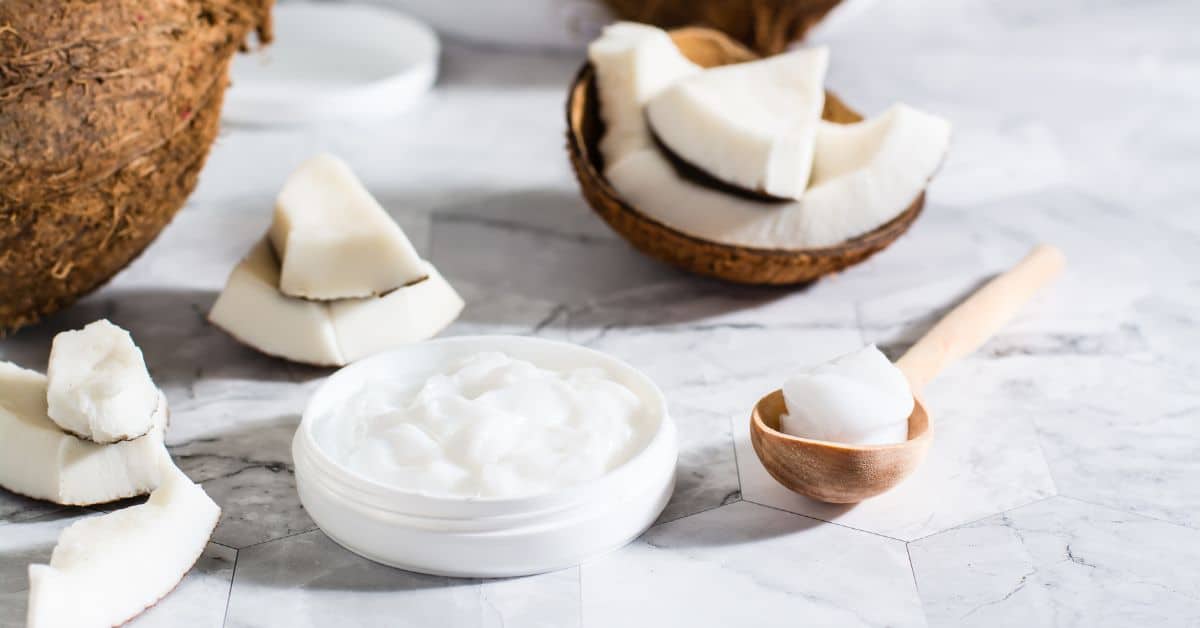Cleansing Oil Ingredients to Avoid for Healthy Skin: Prepare for a wild ride through the wonderful (and sometimes wacky) world of facial cleansing oils! We’re diving deep into the ingredient jungle, dodging sneaky comedogenic culprits and evading irritating irritants. Think of it as a skincare scavenger hunt, but instead of buried treasure, you’ll unearth the secrets to radiant, healthy skin.
Get ready to become a cleansing oil connoisseur – and avoid the face-plant of a bad ingredient choice!
This guide will equip you with the knowledge to decipher those long, confusing ingredient lists. We’ll explore the common offenders – those oils and chemicals that can clog pores, cause irritation, or unleash a full-blown allergic reaction. We’ll also shine a spotlight on the good guys – the beneficial ingredients that’ll leave your skin feeling happy, healthy, and utterly fabulous.
By the end, you’ll be able to confidently navigate the world of cleansing oils and choose the perfect potion for your precious face.
Understanding Cleansing Oils and Their Ingredients
Cleansing oils: the skincare superheroes that defy expectations. We’re used to thinking of oil and clogged pores as a recipe for disaster, but the right cleansing oil can actually be a game-changer for all skin types. This article dives into the world of cleansing oils, highlighting the beneficial ingredients to embrace and the potential troublemakers to avoid for happy, healthy skin.
Benefits of Cleansing Oils for Various Skin Types
Contrary to popular belief, cleansing oils aren’t just for dry skin. The “like dissolves like” principle means oil effectively removes oil-based impurities like sebum, makeup, and pollution. For oily skin, a cleansing oil can balance sebum production, preventing over-production that leads to breakouts. Dry skin types benefit from the deep hydration and nourishment cleansing oils provide, leaving skin soft and supple.
Even sensitive skin can find a gentle cleansing oil to soothe and protect.
The Importance of Choosing the Right Ingredients
Selecting the right cleansing oil ingredients is paramount. The wrong ingredients can lead to breakouts, irritation, and even allergic reactions. Knowing which ingredients to avoid and which to seek out is key to reaping the benefits of cleansing oils without the downsides.
Common Cleansing Oil Ingredients
Many cleansing oils utilize natural oils like jojoba, argan, and rosehip oil, known for their nourishing and moisturizing properties. However, some contain ingredients that can be problematic, which we’ll explore in detail.
Comedogenic Oils: Potential Pore-Cloggers
Comedogenic oils are notorious for clogging pores, potentially leading to blackheads, whiteheads, and acne. The level of comedogenicity varies, with some oils being more likely to cause problems than others. Understanding your skin type and sensitivity to these oils is crucial.
Comedogenic Oils and Their Effects
| Oil | Comedogenicity Rating (Scale of 0-5) | Potential Effects |
|---|---|---|
| Coconut Oil | 4 | High risk of clogging pores, especially for acne-prone skin. |
| Olive Oil | 2 | Mildly comedogenic; may cause breakouts in some individuals. |
| Avocado Oil | 2 | Generally well-tolerated, but can be comedogenic for some. |
| Sunflower Oil | 1 | Low comedogenicity; usually well-tolerated by most skin types. |
Irritating and Sensitizing Ingredients
Certain fragrances, preservatives, and even some essential oils can irritate or sensitize the skin, leading to redness, itching, burning, or inflammation. These effects can be particularly pronounced in individuals with sensitive skin.
Irritants and Sensitizers and Their Side Effects
- Fragrances (artificial and natural): Can cause irritation, allergic reactions, and contact dermatitis.
- Parabens: Preservatives linked to potential hormonal disruption and skin irritation.
- Alcohol (especially denatured alcohol): Can be drying and irritating, particularly for dry and sensitive skin.
- Certain Essential Oils (e.g., cinnamon, clove): Potentially irritating and sensitizing, even in diluted forms.
Potential Allergens in Cleansing Oils
Allergic reactions to cleansing oil ingredients can range from mild irritation to severe contact dermatitis. Knowing common allergens and how to identify them on product labels is vital for preventing adverse reactions.
Common Allergens and Their Reactions
| Allergen | Potential Reactions | Alternative Ingredients |
|---|---|---|
| Nuts (e.g., almond, walnut) | Itching, redness, swelling, rash | Jojoba oil, sunflower oil |
| Lanolin | Itching, redness, hives | Shea butter, coconut oil (though note coconut oil’s comedogenicity) |
| Certain Essential Oils (e.g., citrus oils) | Photosensitivity, irritation | Avoid or use with caution, especially during sun exposure |
Harmful Chemicals to Avoid

Some cleansing oils contain harmful chemicals that can have long-term negative effects on skin health. These chemicals are often used as preservatives or emulsifiers but can cause irritation, disrupt the skin barrier, and even contribute to premature aging.
Harmful Chemicals and Their Long-Term Effects, Cleansing oil ingredients to avoid for healthy skin
- Parabens: Potential endocrine disruptors and irritants.
- Sulfates (SLS/SLES): Harsh detergents that can strip the skin of its natural oils, leading to dryness and irritation.
- Synthetic Fragrances: Often contain a cocktail of chemicals, some of which can be irritating or allergenic.
Reading Product Labels Effectively: Cleansing Oil Ingredients To Avoid For Healthy Skin

Understanding how to read and interpret ingredient lists is crucial for making informed choices. Ingredients are listed in descending order of concentration, meaning the first ingredient is the most prevalent.
Deciphering Product Labels: A Sample

Imagine a label listing: “Ingredients: Coconut Oil, Sunflower Oil, Fragrance, Parabens.” While sunflower oil is a good ingredient, the high concentration of coconut oil (listed first) and the presence of parabens and fragrance are red flags for acne-prone or sensitive skin.
Beneficial Ingredients and Recommendations
Choosing a cleansing oil with beneficial ingredients is key to healthy skin. Many natural oils and extracts offer nourishing and protective properties.
Beneficial vs. Harmful Ingredients

| Beneficial Ingredients | Harmful Ingredients |
|---|---|
| Jojoba Oil, Argan Oil, Rosehip Oil, Squalane | Coconut Oil, Olive Oil (for some), Parabens, Sulfates, Artificial Fragrances |
Ending Remarks
So, there you have it – your ultimate guide to navigating the sometimes treacherous terrain of cleansing oil ingredients. Remember, informed choices lead to glowing skin. Don’t be afraid to ditch the bad actors and embrace the beneficial ingredients. With a little knowledge and a dash of savvy, you can unlock the power of cleansing oils and reveal your most radiant self.
Now go forth and conquer your skincare routine!
